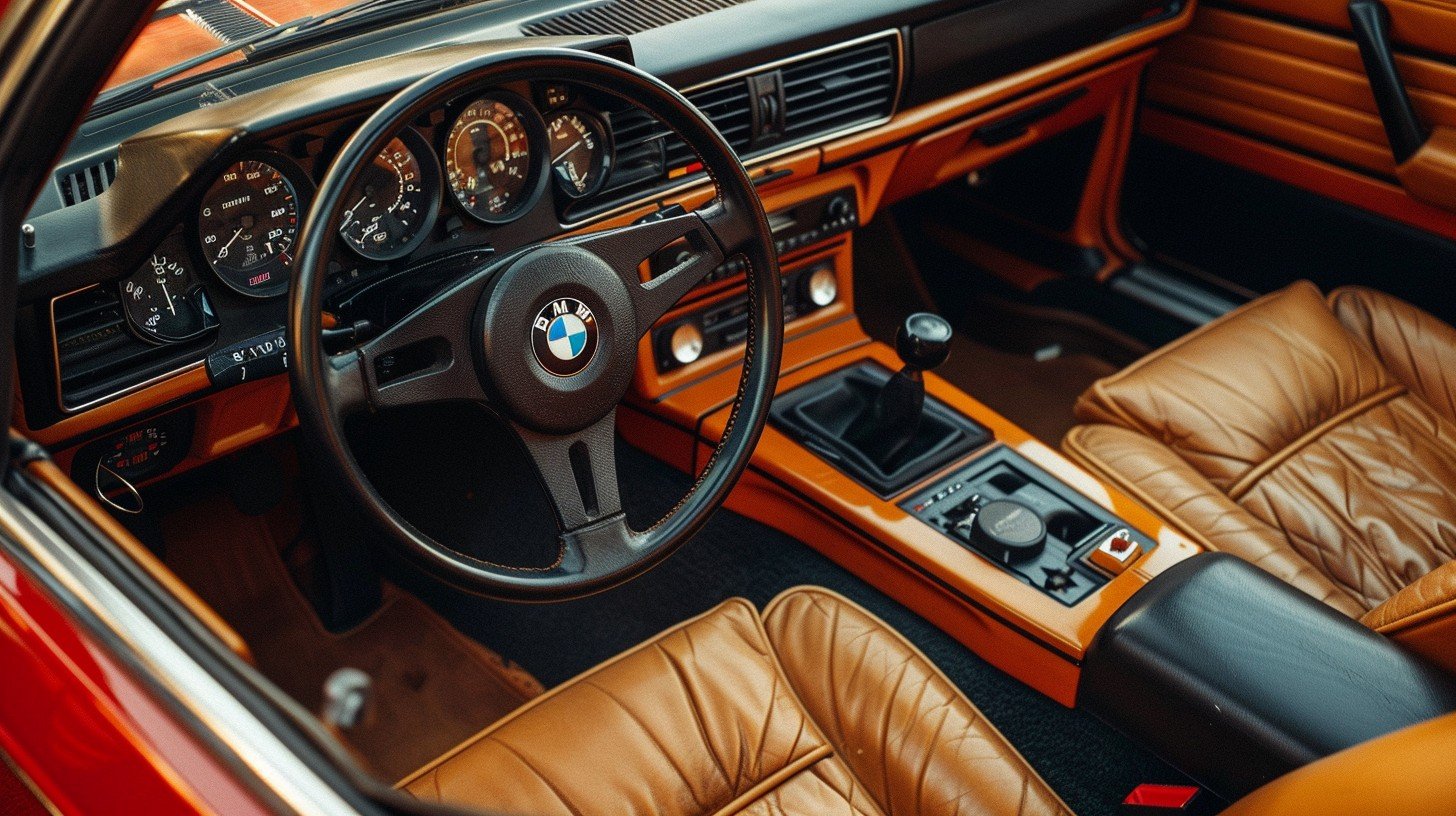Introduction
BMW, a name synonymous with luxury, performance, and innovation, has left an indelible mark on the automotive industry. From its early beginnings to its current status as a global powerhouse, BMW’s journey is a testament to its pioneering spirit and relentless pursuit of excellence. This article delves into the rich history of BMW, exploring its origins, milestones, and the key elements that have shaped its legacy.
The Origins of BMW
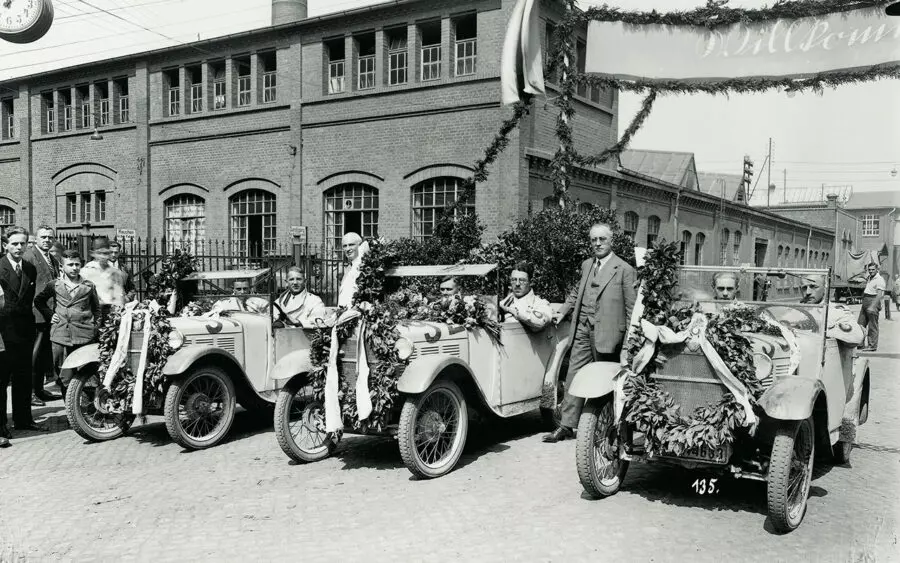
BMW was founded in 1916 as Bayerische Motoren Werke AG, which means Bavarian Motor Works. They started out making aircraft engines, cashing in on the growing aviation industry during World War I. Their emblem, a blue and white roundel, is based on the Bavarian flag, repping their roots in Bavaria, Germany. After the war, they branched out into making motorcycles and cars.
BMW’s Transition to Automobiles
After World War I, BMW diversified its production, entering the motorcycle market in 1923 with the R32. In 1928, BMW acquired Automobilwerk Eisenach, which marked its entry into the automotive industry. The first BMW automobile, the Dixi, was based on the Austin 7.
The Pre-War Era

In the 1930s, BMW positioned itself as a significant competitor in the automotive market. Models such as the 328 Roadster demonstrated BMW’s engineering expertise and sporty design philosophy. However, World War II presented significant challenges for the company. BMW shifted its focus to producing aircraft engines for the war effort, which left it severely damaged after the war.
Post-War Recovery and Growth


The aftermath of World War II was a period of struggle and rebuilding for BMW. The company resumed car production in the 1950s with models like the BMW 501 and the 502. However, it was the introduction of the BMW 1500 in 1962, part of the “Neue Klasse” (New Class) series, that played a crucial role in revitalizing the brand. This series set the foundation for BMW’s reputation for sporty and driver-oriented vehicles.
The Rise of the BMW Brand
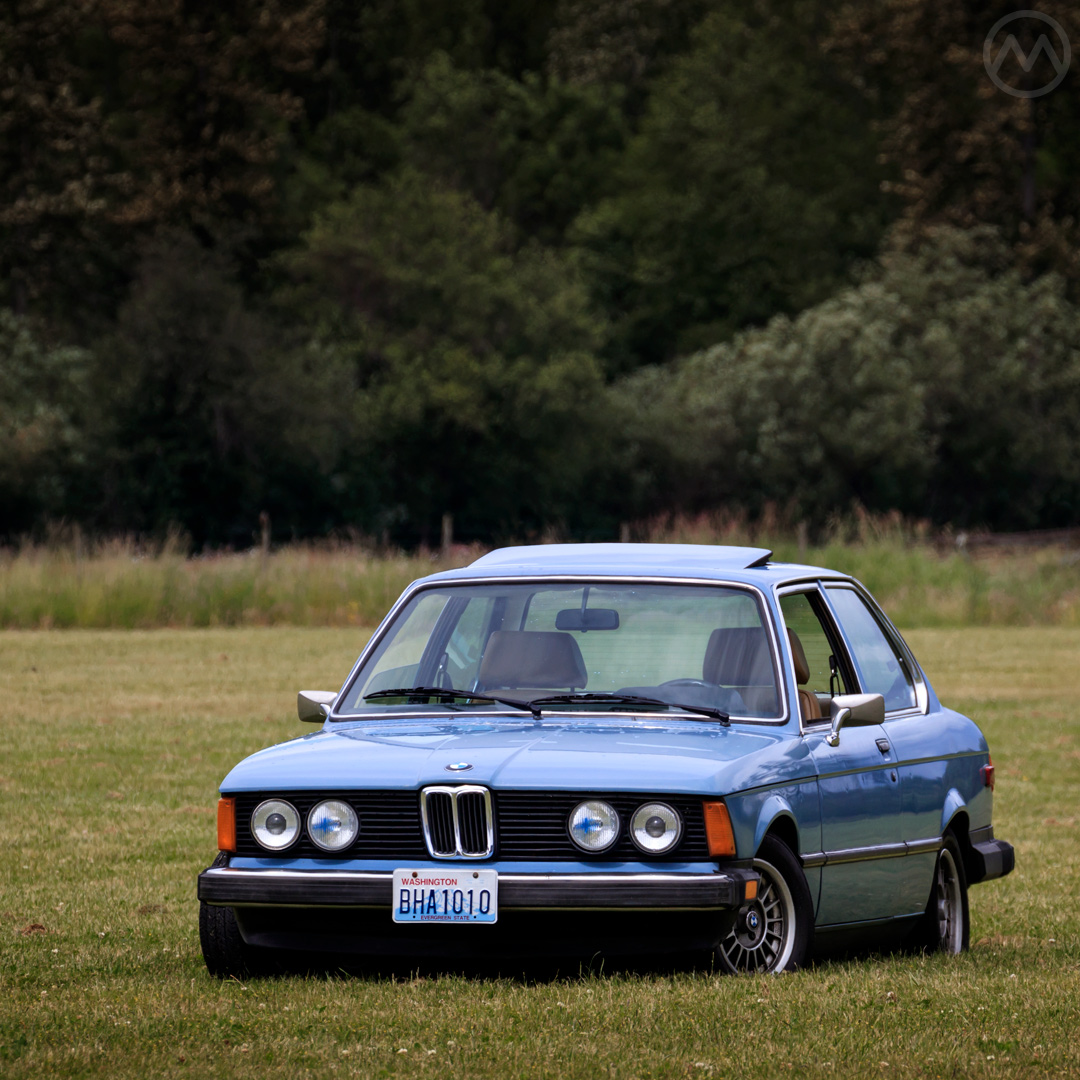
BMW 3 Series
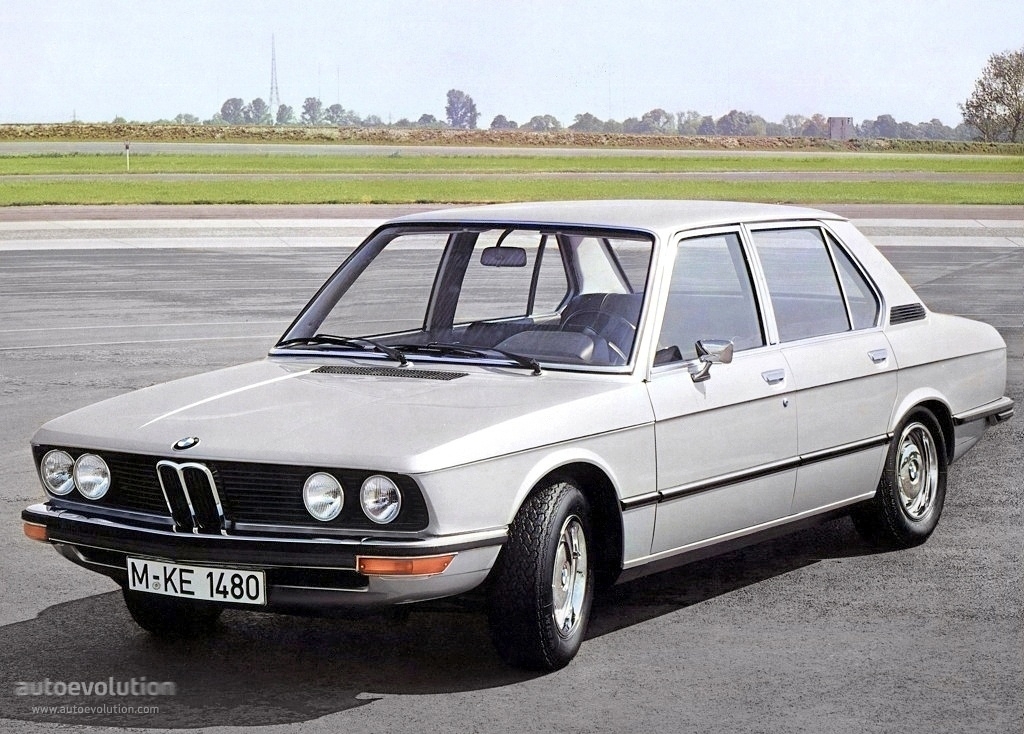
BMW 5 Series
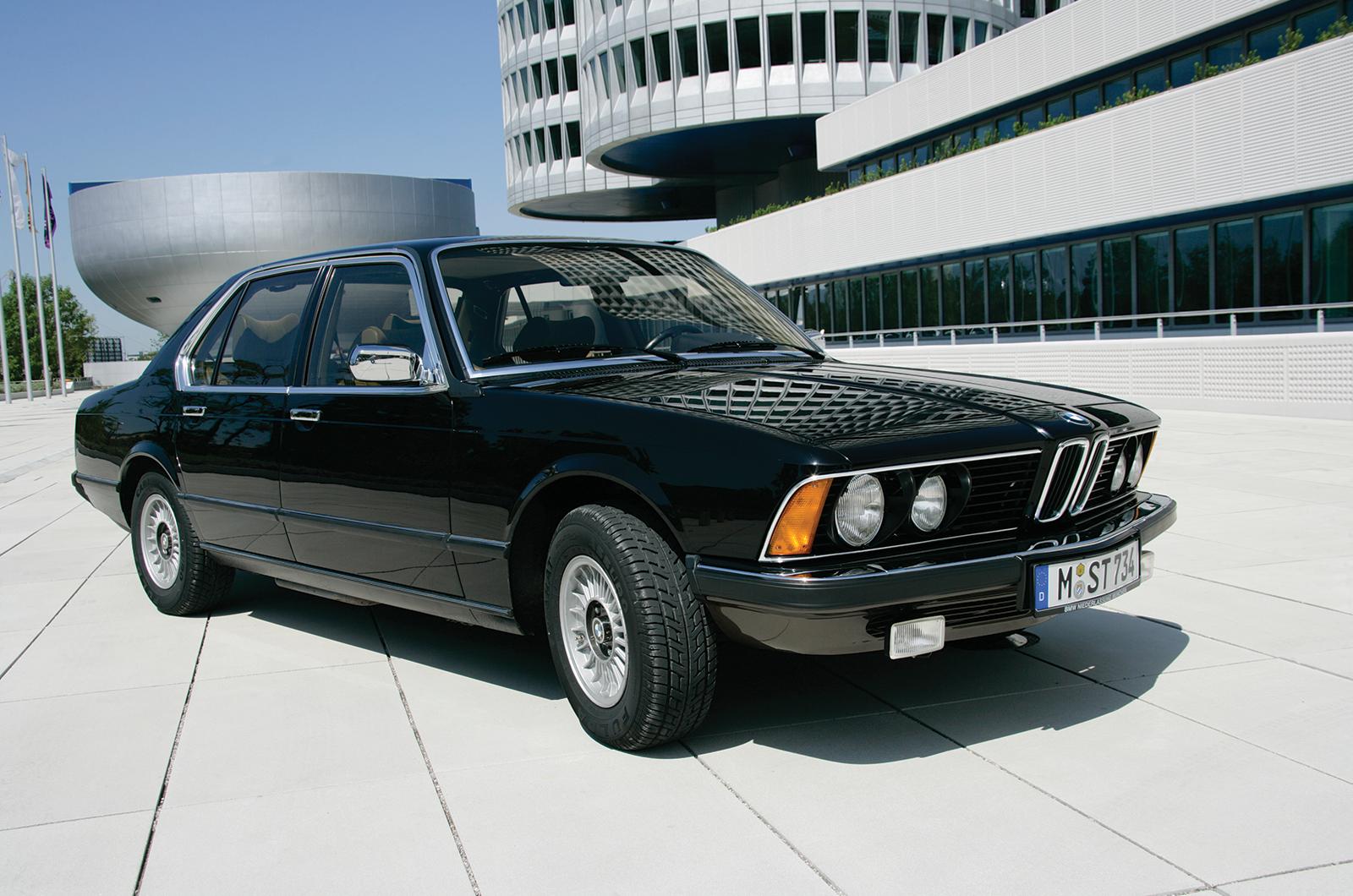
BMW 7 Series
Throughout the 1970s and 1980s, BMW solidified its position in the luxury car market. The introduction of the 3 Series, 5 Series, and 7 Series established BMW as a producer of premium vehicles that combined performance, luxury, and advanced technology. Marketing campaigns emphasizing driving pleasure and precision engineering helped cement BMW’s image as “The Ultimate Driving Machine.”
Innovation and Technology
BMW has always been at the forefront of automotive innovation. The development of technologies such as the inline-six engine, advanced aerodynamics, and the use of lightweight materials have been pivotal in enhancing vehicle performance and efficiency. BMW’s commitment to research and development ensures that each new model incorporates cutting-edge technology.
BMW in Motorsports
BMW’s involvement in motorsports has significantly contributed to its brand prestige. From early successes in the Mille Miglia and Le Mans to dominating the German Touring Car Championship (DTM), BMW’s racing heritage underscores its engineering excellence and competitive spirit. The lessons learned on the track often translate into advancements in their road cars.
BMW’s Design Philosophy
BMW’s car designs have changed over the years, but you can still tell them apart from other cars right away. The iconic kidney grille and Hofmeister kink are just two of the design elements that have stayed the same. BMW has done a great job of balancing modern aesthetics with its heritage, creating cars that are both timeless and contemporary.
Sustainability Efforts
In response to growing environmental concerns, BMW has made significant strides in sustainability. The BMW i sub-brand focuses on electric and hybrid vehicles, with models like the i3 and i8 showcasing BMW’s commitment to reducing emissions and promoting sustainable mobility. BMW’s efforts extend beyond vehicles to include sustainable manufacturing processes and the use of renewable energy.
BMW’s Global Expansion
BMW’s growth into a global brand is marked by its presence in key international markets and manufacturing plants around the world. The establishment of production facilities in the United States, China, and other countries has enabled BMW to cater to regional markets more effectively and maintain its competitive edge in the global automotive landscape.
BMW’s Impact on Pop Culture
BMW has made a significant impact on popular culture, featuring prominently in movies, television shows, and music videos. The brand’s association with style, luxury, and performance has made it a symbol of success and aspiration. Iconic appearances in films like the James Bond series have further enhanced BMW’s cultural significance.
Customer Loyalty and Community
BMW’s strong customer loyalty is evident through its dedicated fanbase and numerous BMW clubs worldwide. These communities celebrate the brand’s heritage and foster a sense of camaraderie among enthusiasts. BMW’s focus on customer engagement and satisfaction has been instrumental in building lasting relationships with its customers.
The Future of BMW
Looking ahead, BMW continues to push the boundaries of automotive innovation. The development of autonomous driving technology, further advancements in electric mobility, and the exploration of new mobility solutions are key areas of focus. BMW’s vision for the future is centered on creating sustainable, connected, and enjoyable driving experiences.
Conclusion
From its early days as an aircraft engine manufacturer to its current status as a leading global luxury car brand, BMW’s journey is a story of innovation, resilience, and excellence. With a rich heritage and a forward-looking vision, BMW remains committed to pioneering performance and setting new standards in the automotive industry.
FAQs
What does BMW stand for?
- BMW stands for Bayerische Motoren Werke AG, which translates to Bavarian Motor Works.
What was BMW’s first car?
- BMW’s first car was the Dixi, based on the Austin 7, introduced in 1928.
How has BMW contributed to automotive technology?
- BMW has introduced numerous innovations, including the inline-six engine, advanced aerodynamics, and lightweight materials, significantly enhancing vehicle performance and efficiency.
What are some of BMW’s most iconic models?
- Some of BMW’s most iconic models include the BMW 328 Roadster, the BMW 3 Series, the BMW 5 Series, and the BMW 7 Series.
What is BMW’s vision for the future?
- BMW’s vision for the future focuses on autonomous driving technology, electric mobility, and sustainable, connected driving experiences.

